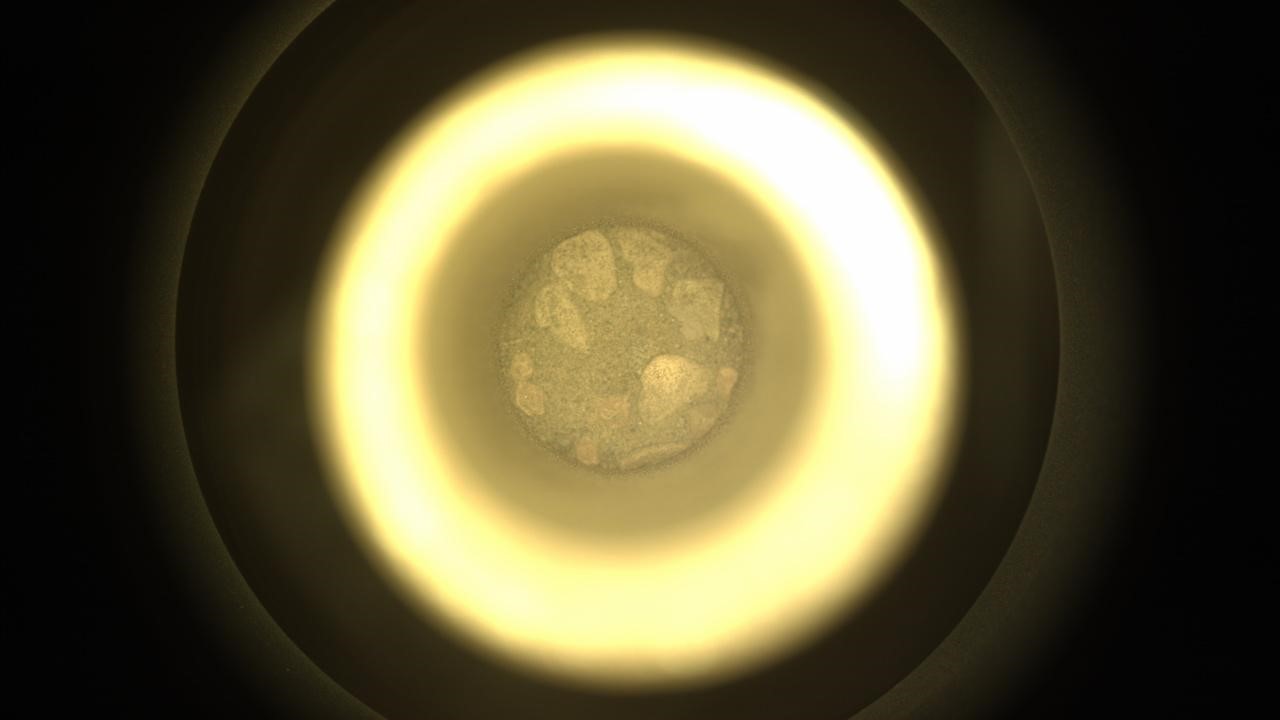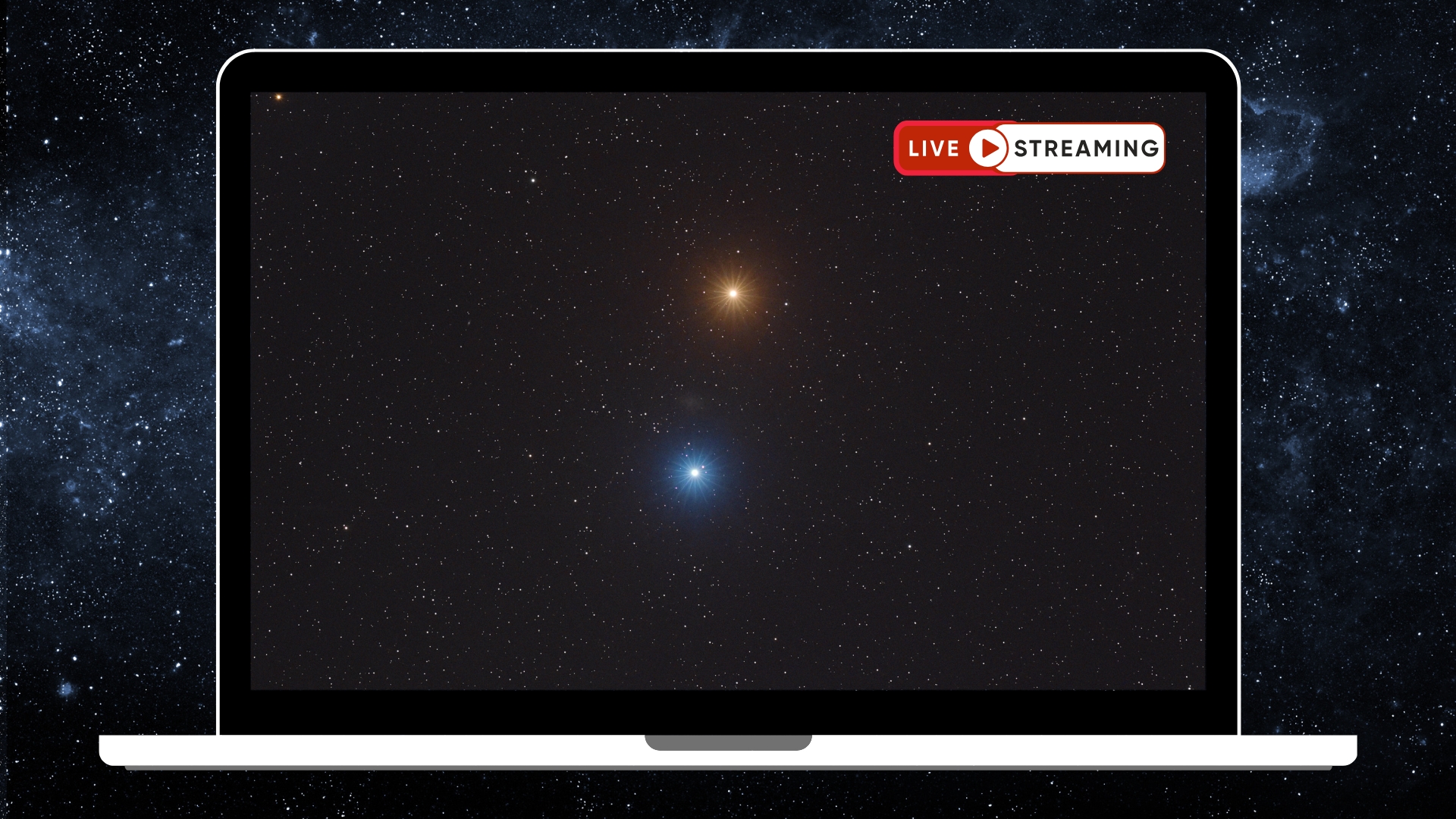NASA's Mars Perseverance rover bottles up 1st dirt samples
The samples could help future humans visiting Mars.

NASA's most advanced robotic geologist to date has collected its first samples of broken rocks and dust from the Red Planet's surface.
The Perseverance rover drilled free two of what scientists call regolith samples as it continues its mission to investigate geological processes and to search for tell-tale evidence that life once existed on Mars. The NASA-operated rover grabbed the regolith samples on Dec. 2 and Tuesday (Dec. 6), adding them to its collection of 15 rock cores liberated from the planet's Jezero Crater (plus one atmospheric sample) since the spacecraft landed in February 2021.
The two new samples differ from Perserverance's existing rock collection, which were drilled from boulders; the regolith samples come from a mound of wind-blown sand and dust resembling a dune here on Earth, albeit smaller in size.
Related: 12 amazing photos from the Perseverance rover's 1st year on Mars
Although the majority of the samples Perseverance collects throughout its mission will be rock cores that could contain the telltale signs of life, scientists have determined that regolith samples like these could be key to understanding the geological processes that have shaped Mars.
Additionally, regolith samples could help scientists plan for future space missions and mitigate the challenges astronauts could eventually face on the Martian surface.
This is because regolith can affect a wide variety of equipment, from energy-gathering solar panels to the spacesuits worn by astronauts. Not only could fine rock powder and dust jam sensitive parts and even slow down rovers on the surface, but larger pieces of sharp rock within regolith could put astronauts at risk by tearing holes in spacesuits.
Breaking space news, the latest updates on rocket launches, skywatching events and more!
"If we have a more permanent presence on Mars, we need to know how the dust and regolith will interact with our spacecraft and habitats," Erin Gibbons, a doctoral student at McGill University in Canada and a Perseverance team member, said in a statement. "Some of those dust grains could be as fine as cigarette smoke, and could get into an astronaut's breathing apparatus. We want a fuller picture of which materials would be harmful to our explorers, whether they're human or robotic."
However, it's also possible that Martian regolith could actually be an important resource for crewed space missions to Mars that target longer stays and sustainability in space, since the fine material could be packed against habitats to help shield humans against the harsh solar radiation that streams down to the surface of Mars, which isn't protected by a magnetic field like Earth's.

Before anyone gets too excited about this approach, however, scientists need to know whether Martian regolith contains perchlorate, a toxic chemical that could be a health risk to astronauts if ingested or inhaled in large amounts.
Hence the interest in Martian regolith and the effort to include the material in the collection Perseverance is building for the proposed Martian sample return mission being developed by NASA and the European Space Agency to bring the rover's collection to Earth. Here, scientists could study the regolith in greater detail in labs with more sensitive and powerful equipment than the chemical analysis instruments robots can carry to the Red Planet.
Perseverance collected the samples of regolith using a drill placed on the end of its robotic arm, as it does for rock cores, but employing a different drill bit than the one that it has used for previous samples.
The regolith drill bit resembles a spike with small holes punctuating one end that enables the drill to gather loose material.
This drill bit was engineered and tested using simulated Martian regolith developed by scientists at NASA's Jet Propulsion Laboratory (JPL) in California. This faux-Mars material consists of volcanic rock crushed into different particle sizes, ranging from large coarse pebbles to fine dust, and was inspired by images of actual Martian regolith and data collected by previous Mars missions.
Follow us on Twitter @Spacedotcom or on Facebook.
Join our Space Forums to keep talking space on the latest missions, night sky and more! And if you have a news tip, correction or comment, let us know at: community@space.com.

Robert Lea is a science journalist in the U.K. whose articles have been published in Physics World, New Scientist, Astronomy Magazine, All About Space, Newsweek and ZME Science. He also writes about science communication for Elsevier and the European Journal of Physics. Rob holds a bachelor of science degree in physics and astronomy from the U.K.’s Open University. Follow him on Twitter @sciencef1rst.
